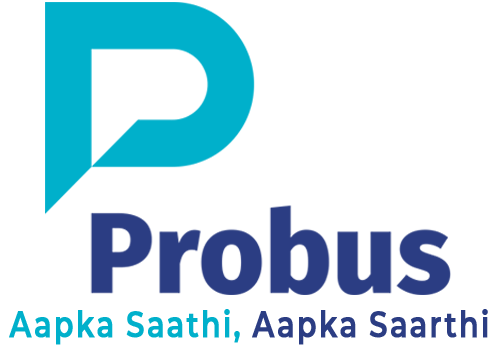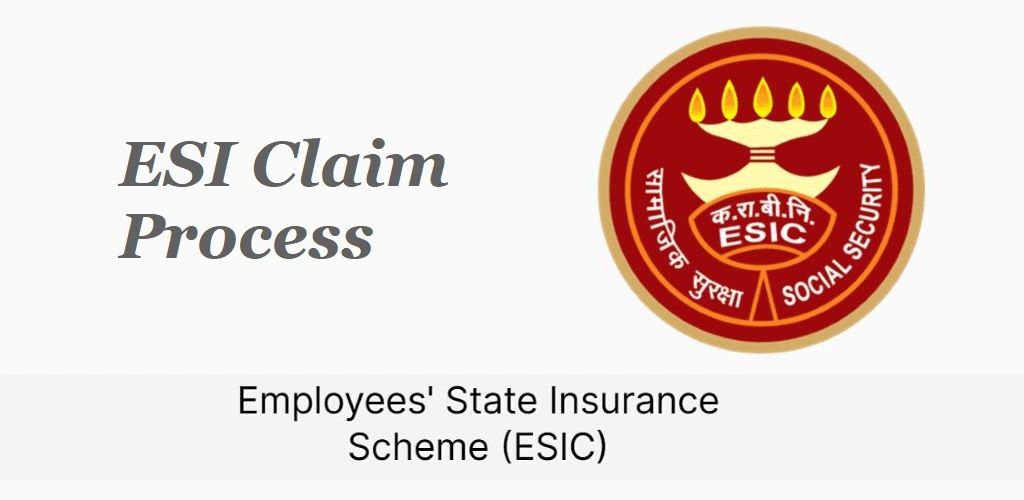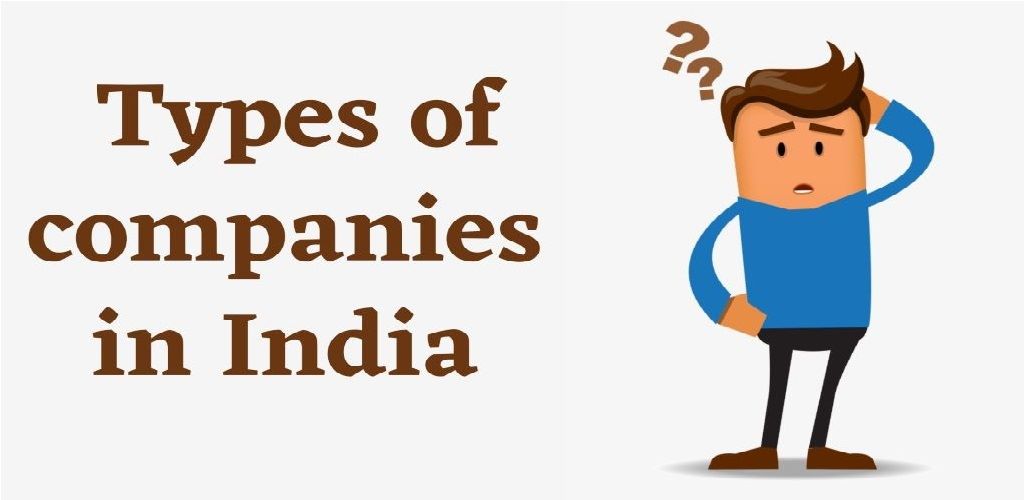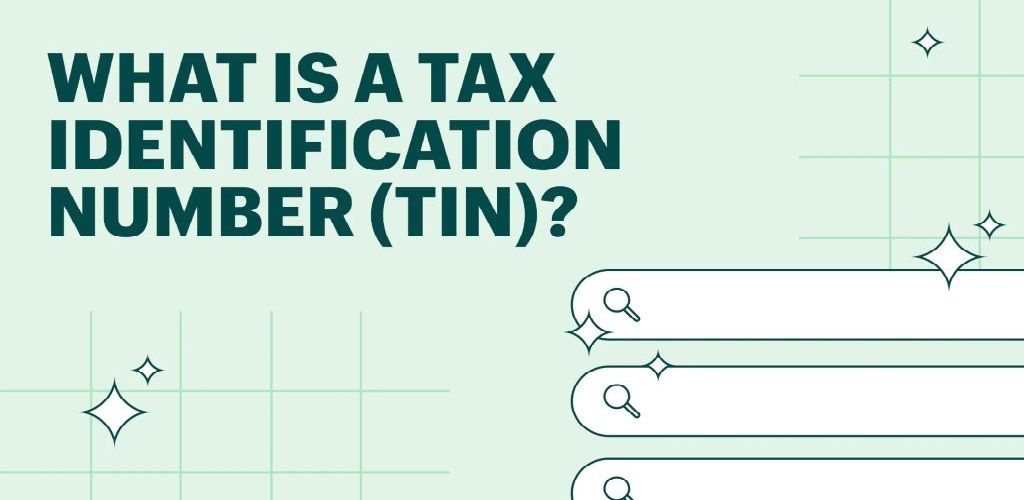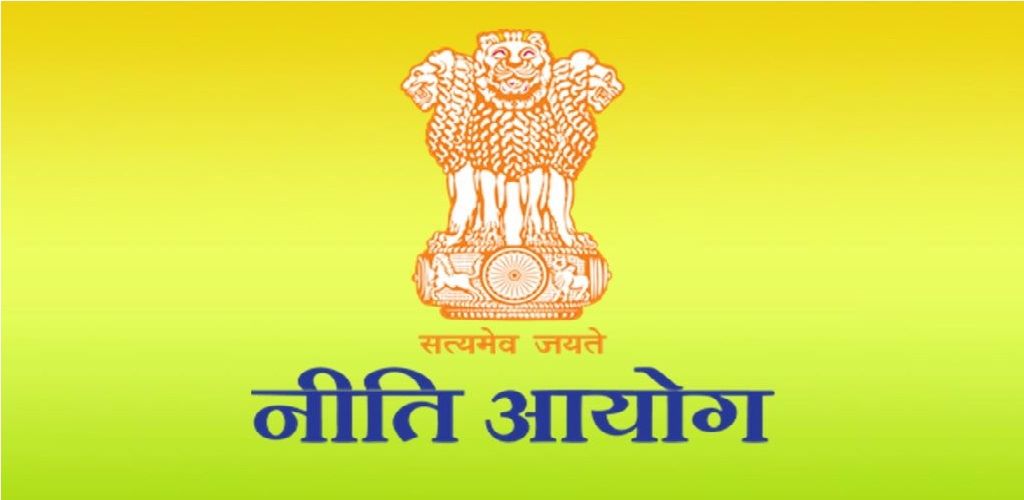The government of India launched a program called ESI (Employee State Insurance) or ESIS (Employee State Insurance Scheme), which is managed by an organisation called ESIC. ESIC (Employees’ State Insurance Corporation) is a separate group that operates under the Ministry of Labour and Employment, part of the Government of India.
The Employees’ State Insurance Scheme is one of the best ways to provide social insurance for employees. It is based on the Employees’ State Insurance Act and its purpose is to protect employees as defined in the Act. The main objective is to help them in situations like maternity, sickness, disability, and even death due to work-related injuries. The scheme offers medical care for insured workers and their families.
But if you don’t know how to make a claim, it’s of no use to get such a good scheme for you and your family. The ESIS claim process is of great importance as it plays a crucial role in providing financial and medical assistance to employees and their families during times of need.
Let’s dive into its claim process and understand other aspects in detail!
When & How Did ESIS Start?
The ESIS was inaugurated on February 24, 1952, in Kanpur. The event took place at Brijender Swarup Park and was attended by then Prime Minister Pandit Jawahar Lal Nehru, who addressed a crowd of 70,000 in Hindi. Other notable attendees included Pt. Gobind Ballabh Pant, Chief Minister of Uttar Pradesh; Babu Jagjivan Ram, Union Health Minister; Sh. Chandrabhan Gupta, Union Food Minister; Union Labour Minister; Raj Kumari Amrit Kaur, and Dr. C.L. Katial, the first Director General of ESIC.
The scheme was also launched simultaneously in Delhi, covering a total of 120000 employees across both locations. The first insured person under the scheme was “Pandit Jawahar Lal Nehru.”
The Employees’ State Insurance Act of 1948, enacted by the Parliament, was the first significant social security legislation for workers in independent India. This was during a period when India’s industry was in its early stages, and the country relied heavily on imported goods from more developed nations.
ESIS Eligibility Criteria: What is it?
Here is a list of the eligibility criteria required to opt for the ESI scheme.
General Requirements:
- Applies to non-seasonal factories or establishments with more than 10 employees (20 in some states).
- Employees must have a maximum basic wage/salary of Rs. 21,000 per month (Rs. 25,000 per month for persons with disabilities).
- Registration with ESIC is mandatory within 15 days of becoming eligible.
Contribution Requirements:
- Employers must contribute 3.25% of the total monthly wage for each employee.
- Employees must contribute 0.75% of their monthly wage.
- Employees earning less than Rs. 176 per day are exempt from any kind of contribution.
When Can You File a Claim?
Here is the list of the circumstances under which you can easily file a claim.
- Employees’ Medical Care
If you have incurred expenses for your own medical treatment, you can file a medical reimbursement claim. It includes costs related to doctor consultations, hospitalization, medication, diagnostic tests, and other necessary medical procedures.
- Family’s Medical Care
Another major scenario in which you can file a claim is related to the medical care of your family members. This includes expenses incurred for the medical treatment of your spouse, children, and dependent parents.
- Employer’s Reimbursement Responsibility
Remember that the employer is obligated to reimburse the eligible medical expenses incurred by the employee and their family members. However, it is important to follow the specific reimbursement process and provide the necessary documentation as required by the employer.
- Limit of Reimbursement
Lastly, the reimbursement amount for medical expenses is subject to a maximum limit of INR 15,000 in a given fiscal year. This means that the total amount reimbursed by the employer for medical expenses throughout the year cannot exceed this limit.
What Does the Employees’ State Insurance Scheme Not Cover?
Listed below are the aspects not covered by ESIS.
- Workers or employees earning more than Rs. 21,000 per month.
- Disabled individuals earning more than Rs. 25,000 per month.
- Establishments in Maharashtra and Chandigarh have fewer than 20 employees (where the criterion is 20 employees, not 10, as in other states or UTs).
What is the Procedure for Submission for Medical Reimbursement Under the ESIS Scheme?
If you are planning to file a compensation, the following are the steps you will need to follow.
- In the first step, you will need to visit the official website of ESIC.
- In the next step, scroll down a bit. You will see the “Insured Person/Beneficiary” option in the box. Click on it.
- After clicking on it, you will see the box on the right-hand side, asking you to enter the “Username” and “Password”. Then, enter the Captcha Code and then click on “Login”.
- Then, you will see the details of the Insured, such as their name, date of birth, insurance number, mobile number, email ID, registration date, account number, and more. To initiate the claim request, you will need to click on “Cash Benefit Claim Request Submission.”
- Once you click on it, you will need to submit the manual certificate. After that, click on “Please Click Here to Submit Manual Certificate”.
- In the next step, you will need to click on “Add New Row”. Then, you are required to enter the certificate number and date of issue of the certificate, browse and upload the file, and then click on “Add New Row” to add more certifications.
- After you’re done, click on “Submit Certificate” for claim intimation request submission. Then, you will see a pop-up message, “Do you really want to submit a certificate”? After that, click on “OK”.
- Once you click on it, a pop-up message will appear stating that “Certificate Submitted Successfully.” Click on the “OK” button.
- After that, you will need to select the certificate by row, enter the claim period from one date to another, read and click on the declaration checkbox, and then click on “Submit”. Then, you will receive the message “Claim Intimation Request Submitted Successfully”.
Frequently Asked Questions
Listed below are the frequently asked questions related to the ESIS claim process.
Submit ESIC reimbursement claims within 3 months from the treatment date for timely processing.
Submit the bill and a referral from an ESIC dispensary, following ESI guidelines.
Yes, there is no denying that the ESI reimbursement is directly credited to the insured person’s bank account.
The limitation period for filing ESI reimbursement claims is 6 months. Keep in mind that late claims may not be accepted.
The penalty for late ESI contributions is 12% per year, calculated monthly until paid. Submit on time to avoid penalties.
